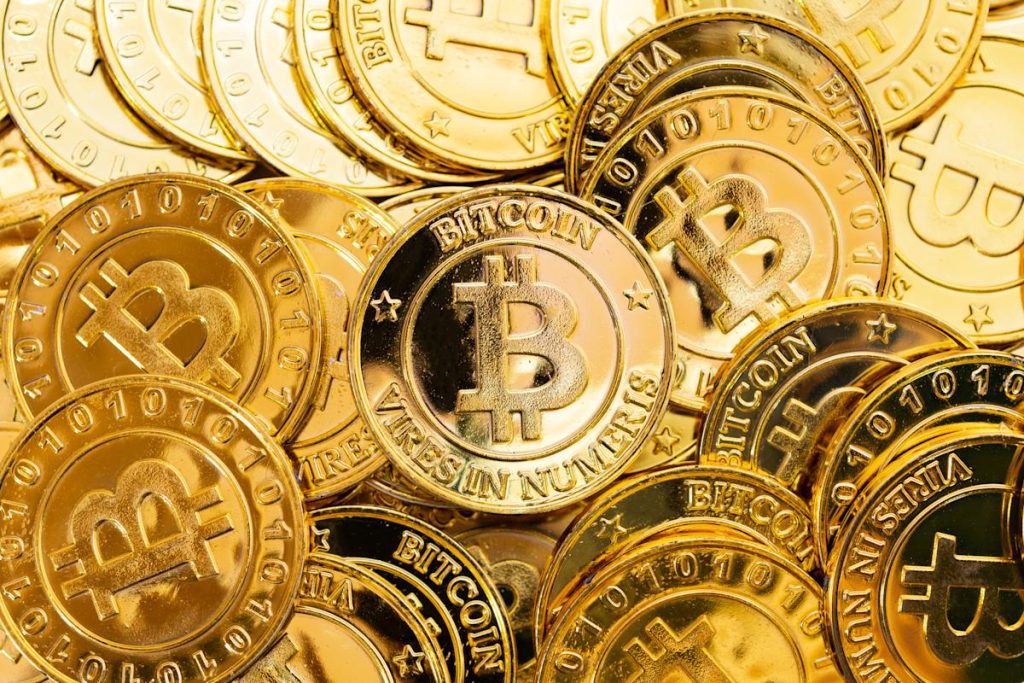Trump’s Announcement of a National Crypto Reserve
Earlier this month, U.S. President Donald Trump unveiled plans for the Strategic Bitcoin (CRYPTO: BTC) Reserve along with the United States Digital Asset Stockpile. The Strategic Reserve is designated to hold Bitcoin, while the Stockpile will contain four additional major cryptocurrencies: Ethereum (CRYPTO: ETH), XRP (CRYPTO: XRP), Solana (CRYPTO: SOL), and Cardano (CRYPTO: ADA).
Implications for Crypto Investors
The U.S. government’s initiative to accumulate cryptocurrencies is promising news for investors in the sector. However, it’s essential to evaluate whether these are worthwhile investments. Let’s explore each cryptocurrency in detail.
Bitcoin: The Pioneer
Bitcoin is the first and most successful cryptocurrency, currently boasting a market cap of $1.7 trillion, surpassing all other cryptocurrencies combined. As of mid-March, its price has risen by 98% over the past three years, significantly outpacing the S&P 500‘s 27% return. Although intended as a decentralized currency, its high transaction times and costs have led to its adoption as a “digital gold” instead, with a finite supply of 21 million coins, making it an attractive option for those seeking an inflation hedge.
Ethereum: The Smart Contract Leader
Ethereum ranks as the second-largest cryptocurrency and has gained popularity thanks to its introduction of smart contracts—automated agreements encoded within its blockchain. These allow developers to build decentralized applications (dApps) and facilitate various services in decentralized finance (DeFi). Nevertheless, Ethereum is currently facing challenges, such as high transaction fees (approximately $0.19) and a 34% decrease in value over the last three years. Investors might want to hold back until it can show signs of recovery.
XRP: A Bridge Currency
XRP operates on Ripple’s blockchain, designed for seamless cross-border transactions. Unlike the lengthy and costly process of the SWIFT network (which can take days and incur fees of $15 to $50), XRP transactions are completed in about 4 to 5 seconds for a minimal fee of 0.00001 XRP. This real-world application positions XRP as a solid investment, boasting an impressive 187% growth over the past three years despite facing a lawsuit from the SEC, which has recently been dropped.
Solana: Fast and Cost-Effective
Solana stands out as a competitor to Ethereum, utilizing a proof-of-history mechanism for transaction validation that enhances efficiency. It offers an average transaction fee of just $0.00025 and processes over 4,000 transactions per second, compared to Ethereum’s 17. Though Solana presents risks associated with cryptocurrencies, it has appreciated 39% over the last three years due to its speed and affordability.
Cardano: A Methodical Approach
Competing with Ethereum, Cardano supports smart contracts and dApps while emphasizing peer-reviewed research for development. Despite its dedication to rigorous methodologies leading to slow progress—debuting smart contracts only in 2021—Cardano has seen a price drop of 18% in the past three years. Investors should consider waiting for positive movement before investing in Cardano.
Conclusion: Evaluating the Investment Potential
While the U.S. plan to accumulate these five cryptocurrencies is noteworthy, it doesn’t guarantee all will be wise investments. Cryptocurrency remains a volatile and uncertain asset class, with Ethereum and Cardano both having lost value recently. Among these options, Bitcoin represents the safest investment, with XRP and Solana also showing strong potential. For any crypto investment, exercise caution regarding asset allocation, keeping it to 5% to 10% of your portfolio and focusing primarily on stable investments.



